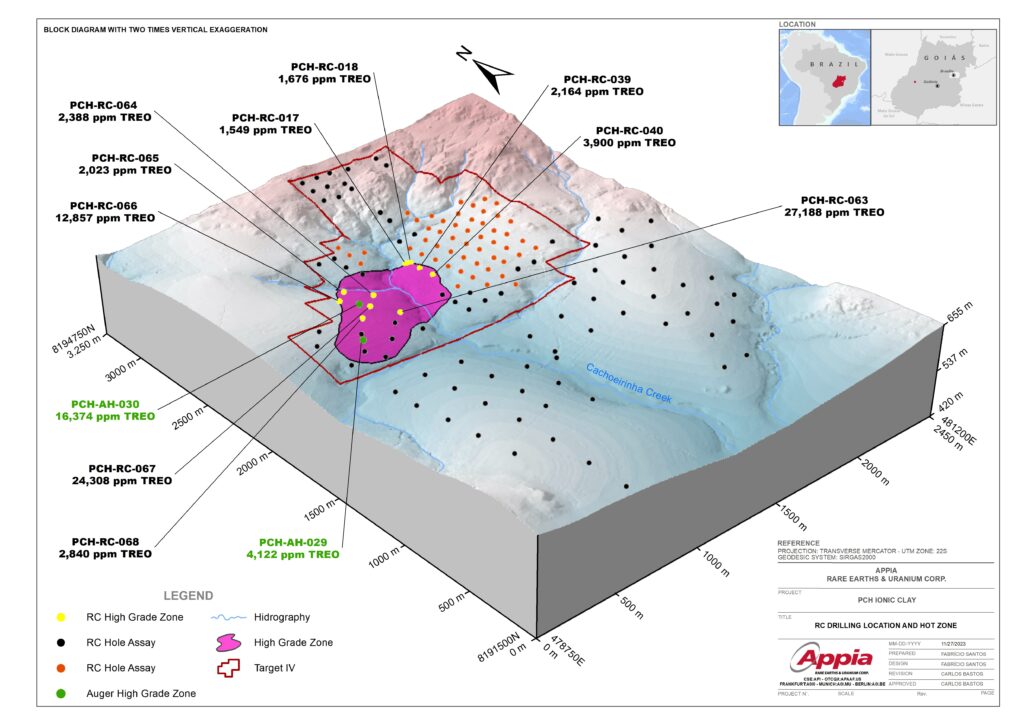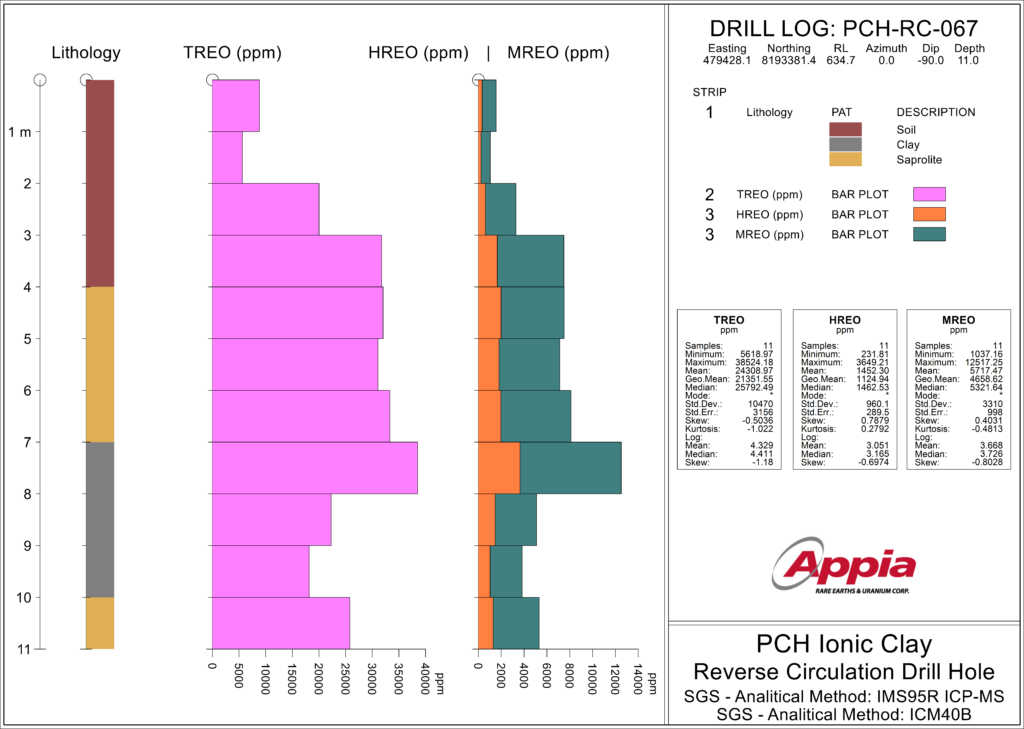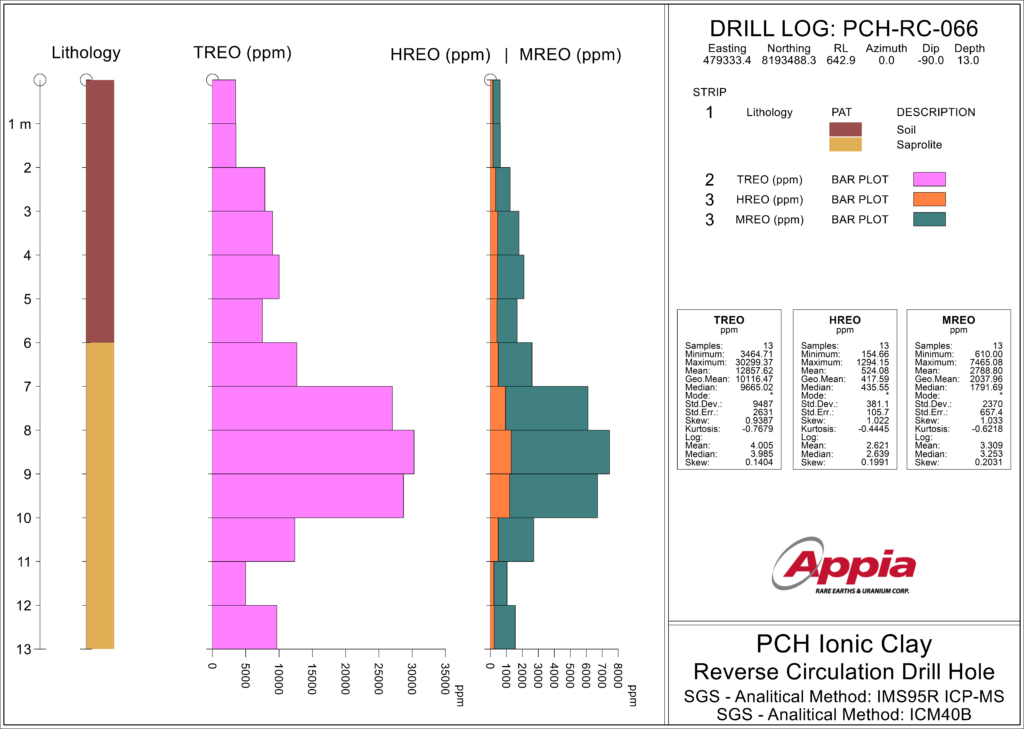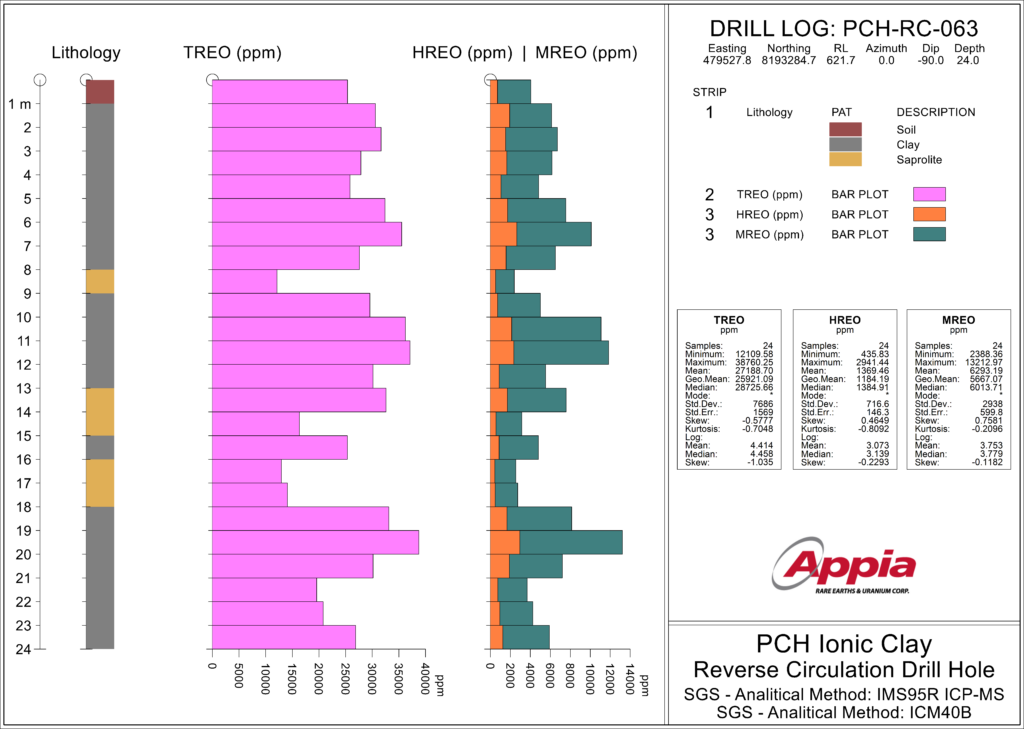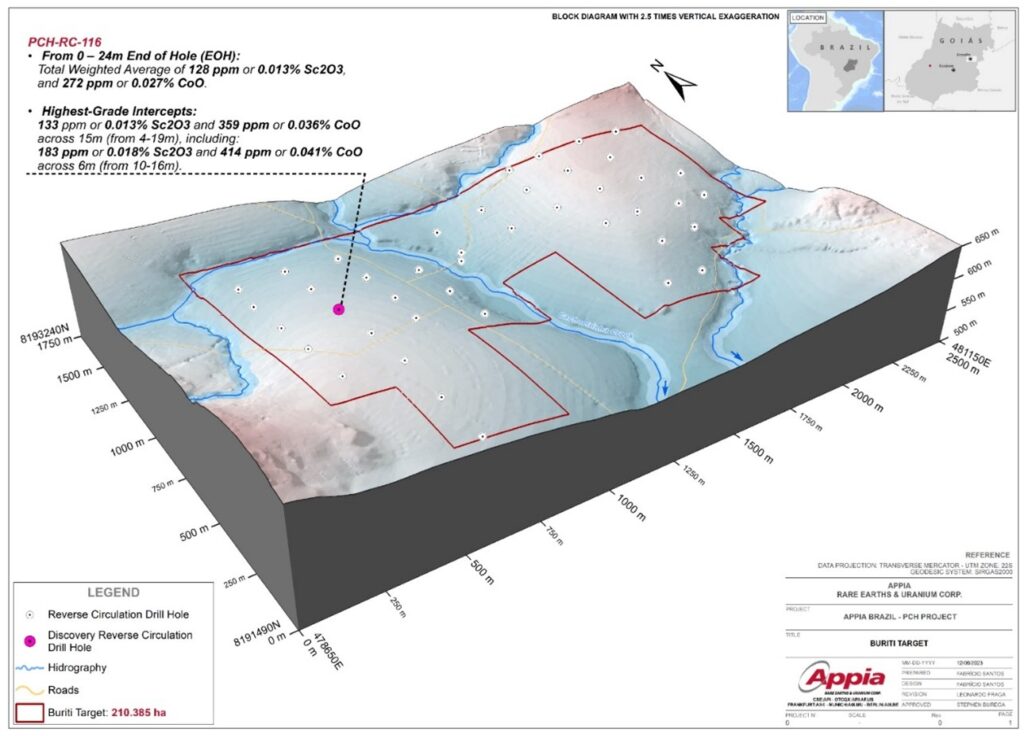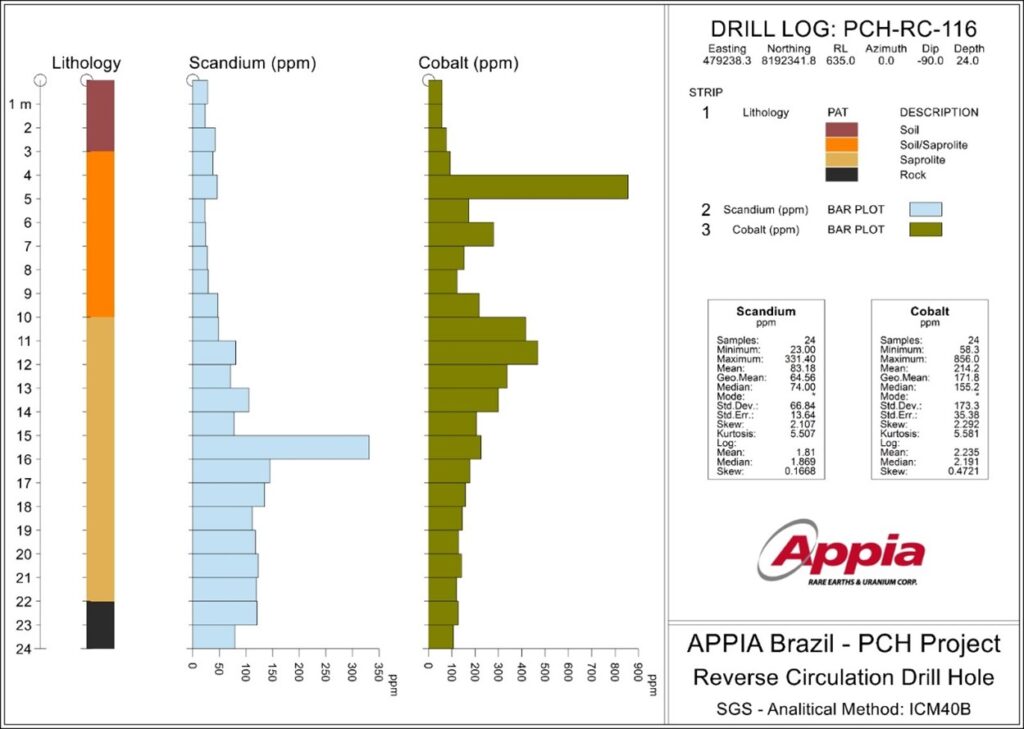The Mineral Resource Estimate (MRE) for the project has been scheduled with an effective date of February 1, 2024. It is authored by Mr. Yann Camus, P.Eng., a professional engineer employed by SGS, and adheres to the current Standards on Mineral Resources and Reserves, Definitions, and Guidelines set by the Canadian Institute of Mining, Metallurgy and Petroleum (CIM). The report clarifies that Mineral Resources which are not classified as Mineral Reserves do not currently show economic viability, and emphasizes that further exploration and additional drilling will be necessary to upgrade Inferred and Indicated Mineral Resources to Measured Mineral Resources. It also notes the inherent uncertainty in converting any part of Mineral Resources into Reserves.
The analytical processes used for the MRE were conducted by SGS GEOSOL using methods such as ICM40B, which involves Multi Acid Digestion combined with ICP OES and ICP MS, and IMS95R, which uses Lithium Metaborate Fusion followed by ICP-MS. The MRE is defined with a cut-off Net Smelter Return (NSR) value of $10 per tonne. Details on the full price list and recovery methods used for NSR estimation are included in Table 2, which also lists an estimated basket price for Total Rare Earth Oxides (TREO) at $26.98.
For optimizing the mining operation, GEOVIA’s WhittleTM software was utilized to outline an optimal pit envelope, indicating reasonable prospects for economic extraction. The preliminary pit optimization includes parameters such as a 30-degree overall pit slope, mining costs of $2.10 per tonne, processing and general/administrative costs of $9 per tonne, and accounts for a total mining loss and dilution of 5%. Further specifics of these parameters are also provided in Table 2, where forward-looking prices for the basket and oxides are based on market trends and economic forecasts, although actual prices may vary due to changes in these factors.
The report also addresses the calculation of bulk densities, which were determined through physical test work and assumptions about porosities for each type of material. Definitions for categories of oxides like Total Rare Earth Oxides (TREO), Magnetic Rare Earth Oxides (MREO), and Heavy Rare Earth Oxides (HREO) are detailed, listing the specific oxides included in each category. Finally, the report warns that the MRE might be significantly impacted by various external factors including environmental, permitting, legal, title, taxation, socio-political, marketing, or other relevant issues, emphasizing the complex nature of resource estimation.





